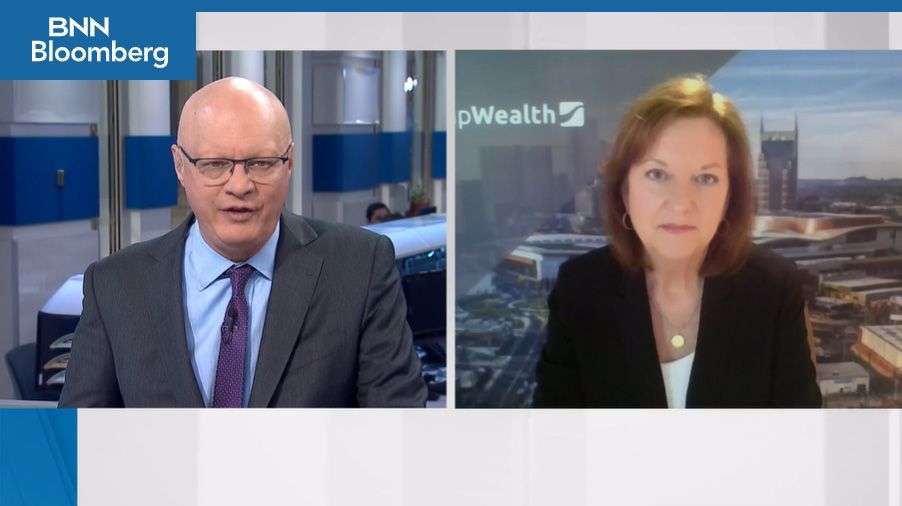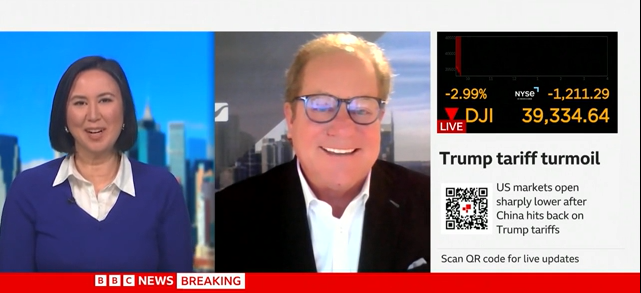Market Corrections Inspire More Fear than They Merit
October 17, 2014
Nervous about a market correction?
Spend a little time reading the financial section of any newspaper or website, and the jitters might set in. There are headlines about professional asset managers predicting a crash and famed professional investors like George Soros, Carl Icahn and Warren Buffett reportedly taking big — as in billions big — defensive positions as they seek “safe havens.”
Dig a little deeper, and you’ll soon be confronted with all manner of charts and terms like froth, false breakouts, the volatility index, head and shoulder patterns, resistance and support levels, the October Effect and maybe even Tobin’s q. Very quickly, it can begin to feel all rather complicated and menacing, like the panic of a calculus pop quiz you didn’t study for.
Take a deep breath. Relax. The truth of the matter is that market corrections — defined as a market decline of at least 10 percent in a relatively short amount of time — are normal, natural and not necessarily bad.
What causes them?
Market corrections are typically caused by some kind of event that creates fear and a subsequent panicked sell-off. The fear can merely be the sentiment that companies are overvalued and their stock prices inflated. Like any buying or selling trend, corrections can feed off themselves because once the sell-off begins, more join the mad dash for the doors.
A correction isn’t a crash
A stock market crash is when prices plummet more than 10 percent, often in a single day. Crashes tend to lead to bear markets, defined as a decline of 20 percent or more, and can even cause recessions. That’s because stocks are how corporations get cash to grow. Precipitous drops in stock prices means less cash to drive growth. No growth can lead to job cuts, job cuts can lead to less buying, less buying can lead to less revenue, less revenue can lead to more job cuts — you can see the vicious cycle that chokes down an economy.
They’re normal
In each of the bull markets — a period of generally rising prices — of the past 40 years, there’s been a market correction. In fact, some seasoned investors see a correction as a sure sign that the market is consolidating before going even higher.
So how does down really mean up? Because investors buy and sell stocks based on their expectations of companies’ future performance. When those expectations are optimistic, they buy, are joined by others who want a piece of the potential profits, and soon it’s a rally out of proportion to current performance. Such an environment of unrealistic fervor is ripe for doubt, which then instigates modest sell-offs. Provided the future continues to look good, buying will resume and lead to an even stronger market.
Our number is up
According to The Wall Street Journal, the last correction was in 2011, when the S&P dropped 19.9 percent from April 29 to Oct. 4. There have been five pullbacks of more than 5 percent (but less than 10 percent) since then. Historically, says Forbes magazine, the average span between market corrections is 7.6 months.
Because corrections are so natural (another word for inevitable, really) and it’s been so long since we’ve experienced one, we’re overdue. That’s not bearish or bullish. That’s just someone whose experience says it doesn’t pay to ignore facts and figures. So when you hear someone say, “we’re due for a correction,” that’s what they mean. These prognosticators aren’t always right, and neither am I.
How do you prepare?
The good news is that the market generally makes up the losses of a correction in about three months’ time. So if you’re the average investor, have a diversified portfolio and your time horizon is greater than a year, inaction is often more rewarding than action. Should you be so lucky as to possess a crystal ball, and thus able to time your trades perfectly, your gains in the market’s 10 percent fluctuation might not even offset your incurred tax liability.
If you have cash reserves, and want to make some trades, corrections provide attractive entry points into new investments. While market fluctuations can be anxiety-producing, discretion, as the saying goes, is the better part of valor for most of us.
The real pain of market corrections is borne by the hedge fund community. That’s because they tend to invest with a high degree of leverage: the use of borrowed capital, through options, futures, margins and other exotic financial instruments, to increase their returns on investment. As a result, a 10 percent market correction is exponentially more damaging to their returns than it is to the unleveraged average investor.
If you’re getting the jitters about your portfolio, talk to your financial adviser.
Phoebe Venable, chartered financial analyst, is President & COO of CapWealth Advisors LLC. Her column on women, families and building wealth appears each Saturday in The Tennessean.













